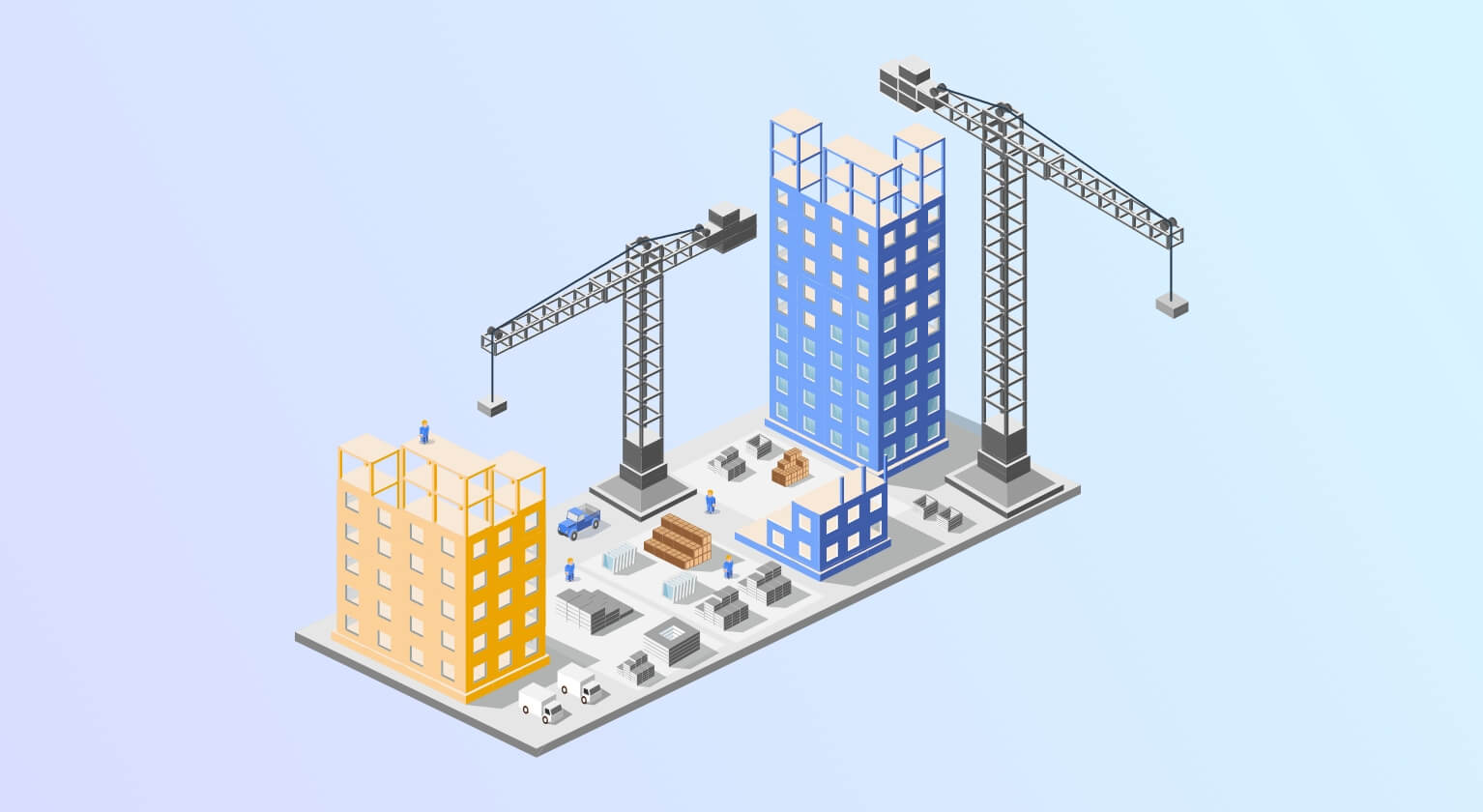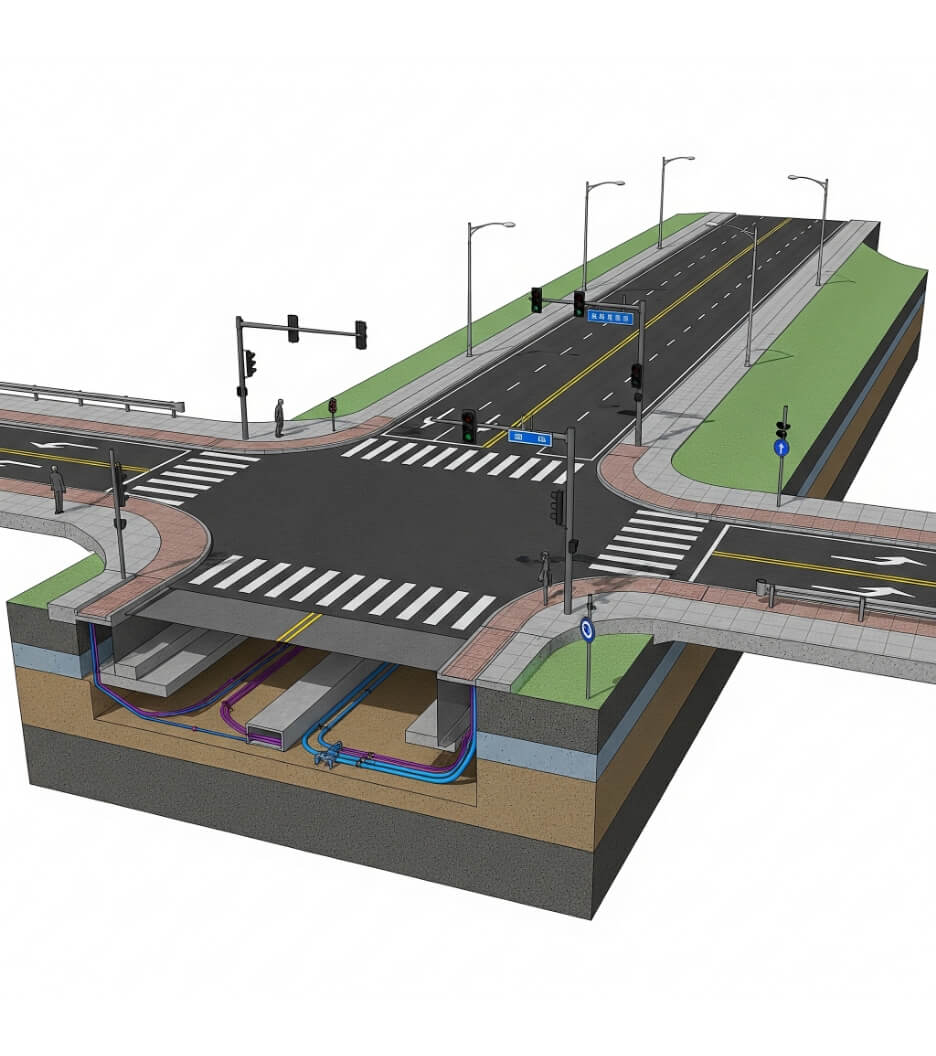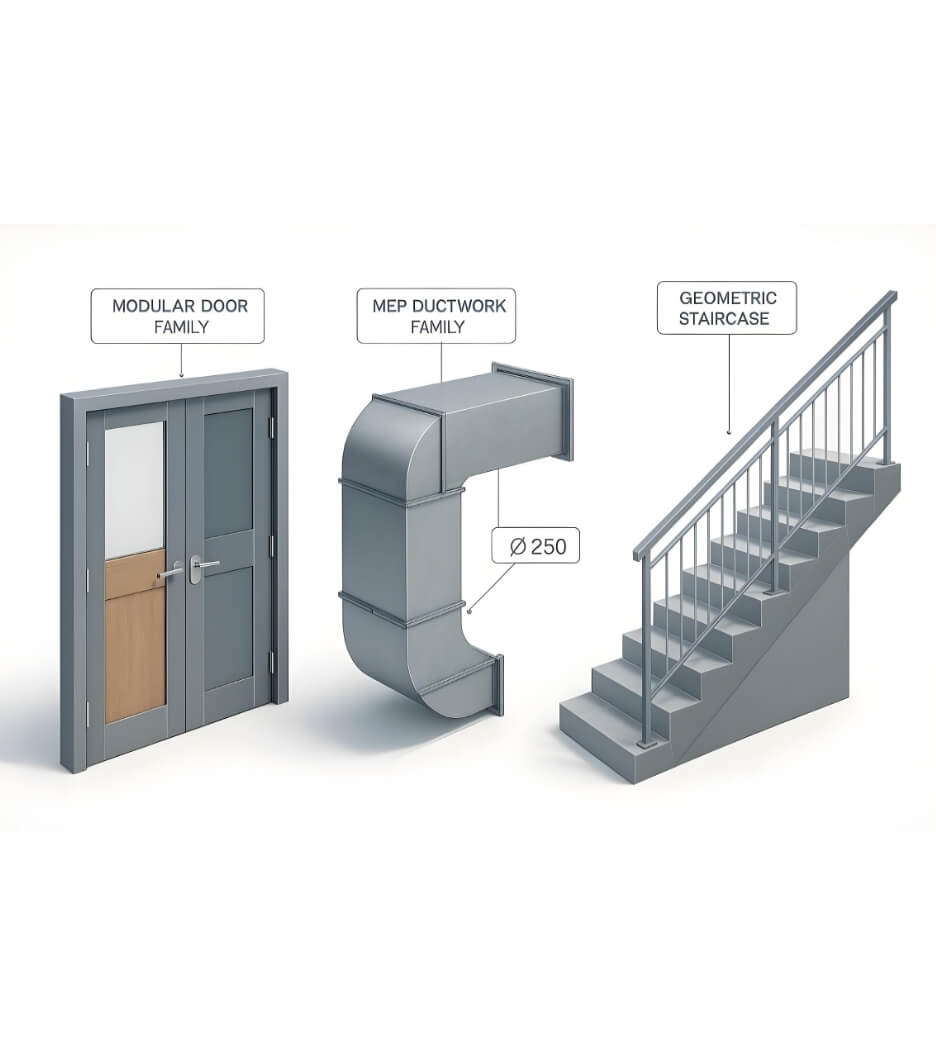 Rahul Dogra
Rahul Dogra
BIM Services Seamlessly Strengthening the Future of the AEC Industry
 Rahul Dogra
Rahul Dogra

Send Us Your Requirement
Building Information Modeling, commonly known as BIM in the AEC industry, has been the main hype for quite a long time in the AEC industry, and why wouldn’t it be? It is a highly effective and better replacement for paper drawings by architects and engineers. In addition, it also makes the complex construction process a simple one and makes the communication and coordination between architects, engineers, and other collaborators easier. As a matter of fact, this is the only groundbreaking technology that allows AEC professionals to work collaboratively and ensure each stage of construction is completed with accuracy and efficiency.
BIM modeling services are one of the novel ways in the AEC industry that have transformed the facility’s planning, designing, construction, and maintenance. Being one of the most powerful tools, it has enhanced the creativity level of designers and architects. Today, we witness marvelous buildings and facilities that make us wonder about the architecture. All one answer is building information modeling technology serves the industry with optimizing the design process from the start till the end of the construction project.
As technology advances daily and simplifies our lives, BIM services were introduced in the AEC industry to bring the revolution. Simply put, it’s a digital prototype of the future building that streamlines the workflow of the entire construction process. BIM modeling services allow architecture professionals to develop models in digital space, allowing for speedy digital drawing creation. Compared to the previous time when the engineer and architect used to draw it with all those measurement tools, it has now become uncomplicated, has zero room for errors, and is less time-consuming.
Hire Dedicated BIM Services Experts for your Next Project
Get Quote
Understanding BIM Services
Building information modeling is software AEC professionals, construction companies, and real estate corporations use to manage projects from start to finish. BIM models are effective tools that simulate the entire building on the computer screen and give it a realistic digital representation before construction begins.
The BIM modeling services assist in design decisions by comparing various design possibilities and potential. Since the data is saved centrally, any changes to the building design will be instantly copied in each field, including floor plans, sections, and elevations. This speeds up the document creation process, ensures quality assurance through automated coordination, and is a cost-effective solution. BIM architectural services have various utilization and perks that help architects, engineers, and other collaborators work in a streamlined process without clashes.
BIM services are utilized for a wide range of projects worldwide. And why not as it saves money and improves scheduling, cost controls, project coordination, quality control, and risk management. The goal is not to dismiss the experience of an engineer but to provide them with the tools and knowledge to make quick decisions. Building information modeling is a technology that requires expertise, knowledge, appropriate skills, and suitable software to get the desirable outcomes. Moreover, it is better to hire an outsourcing BIM services provider rather than having an in-house team, which costs a fortune. UniquesCADD is proficient in providing 3D, 4D, and 5D BIM modeling, drafting, and consulting solutions.
Why will Bim Services be the Future Mandatory tool in the AEC industry?
The digital economy affects the world’s trajectory and the societal well-being of ordinary citizens. Moreover, technology advances each day, bringing new tools, software, and trends that significantly shift the market. Furthermore, it has an impact on everything from resource allocation to income distribution and economic growth. The adoption of the Internet of Things is accelerating this. BIM modeling services are not just advanced technology; it’s a revolutionary tool in the AEC industry. It’s not only designed for digital representation but also safely keeps all of your project information in one source, which is easily accessible and shareable to people involved in the life cycle of the construction.
The worldwide Building Information Modeling services industry is poised to increase at a CAGR of 18.5 percent between 2022 and 2027, from USD 2999.8 million in 2020 to USD 9842.8 million by 2027.

These figures are intriguing enough to convince us that BIM services are going to rule the future of the AEC industry. It becomes evident that construction companies must stay caught up in this advanced technology. It’s evident that in the near future, BIM architectural services will be a necessary tool and vital technology in the AEC industry. Engineers and architects equipped with BIM modeling services will do architecture wonders for your company. The entire construction team can also monitor real progress and assess the project’s financial results as it proceeds. Moreover, it makes accurate cost estimation considerably easier, ensuring that the budget matches the reality on the construction site. It also means you can detect and avoid potentially costly issues before they occur. Schedulers can save time by delegating the detailed sections of the schedule utilizing a BIM tool. BIM services offer other reliable and accurate services that entail different construction projects. The broad spectrum of BIM outsourcing services includes;
- 3D BIM Services
- 4D BIM Services
- 5D BIM Services
- CAD to BIM
- Scan to BIM
- BIM Coordination Services
- BIM Clash Detection
- BIM Content Creation
- Quality Takeoff Services
Although with the popularity of BIM services in the AEC industry, Scan to BIM has become a significant service that again eases the process for renovation or restoration projects by reducing the scope of errors and speeding up the process. On the other hand, CAD to BIM services have taken a compelling place in the AEC industry. It improves collaboration and enhances the construction of digital representation. CAD to BIM empowers the AEC industry by providing effective communication between the people involved in the construction process and maintaining a smooth workflow. CAD to BIM and BIM modeling services have quite similarities. Yet, both services have a vital role to play in different aspects of construction, depending upon the project requirement and complexity.
Implement BIM Services for Insightful Construction
The AEC industry is becoming aware of the potential benefits of BIM services, and now is a widely adopted service by construction professionals. The industry’s overarching goal is to improve efficiency and simplify the complex construction operation. Ultimately, every company needs qualified staff with the correct tools and efficient procedures to execute day-to-day operations. Because of its data-sharing capabilities, BIM services are a must-have in the digital era. Your engineers can simply develop the design on a computer, and there is no need to go to the site for actual measurements or any data collection.
Building information modeling also helps to visualize potential risks and errors that might occur in the design phase to avoid problems throughout the building process. With the help of BIM Services, it’s easier to make section planes, filter layers, and adjust perspective. BIM can mark out shapes, text, and measurements within the drawing to report the areas of improvement for their record. BIM remains a relatively backend tool for all of its revolutionary building engineering.
The truth is that architects, engineers, and building designers want only a few upstream changes from constructors. It fits best into every engineer’s requirement. Apparently, BIM can also be used in renovation, refurbishment and retrofitting projects with help of BIM revit modeling services that enables professionals to gather the insights of the existing infrastructure into a BIM model and analyze the areas of improvement.
Bottom Line
Adopting BIM as a service frees up your construction team and coordinators to focus on high-level planning, management, and coordination. To reap these benefits, one must use the relevant BIM services. The purpose of any technology should be to streamline and improve the burden. BIM modeling services allow architects to construct 3D representations that include visual and non-visual information. Also, it helps people visualize a building in terms of 3D dimensions such as height. As technology advances, development teams will be able to collaborate more effectively. All architects and experts on the team will have access to the most recent design and can make revisions whenever they want.


